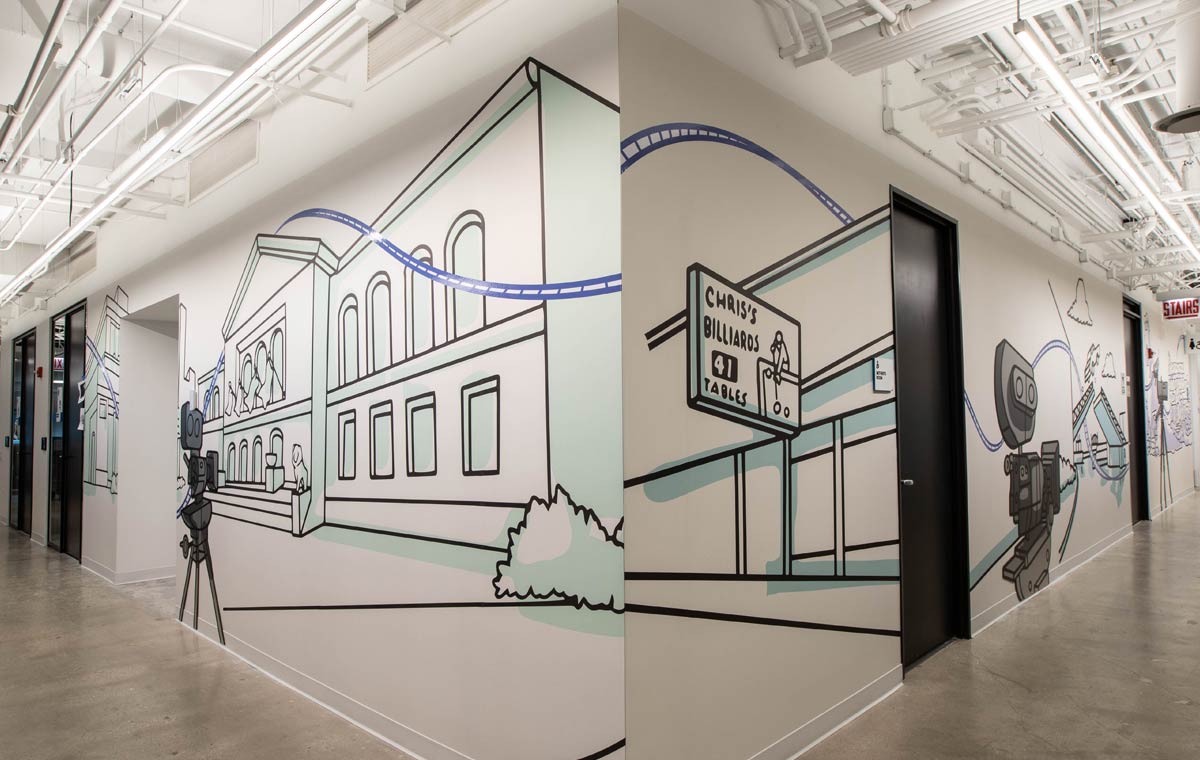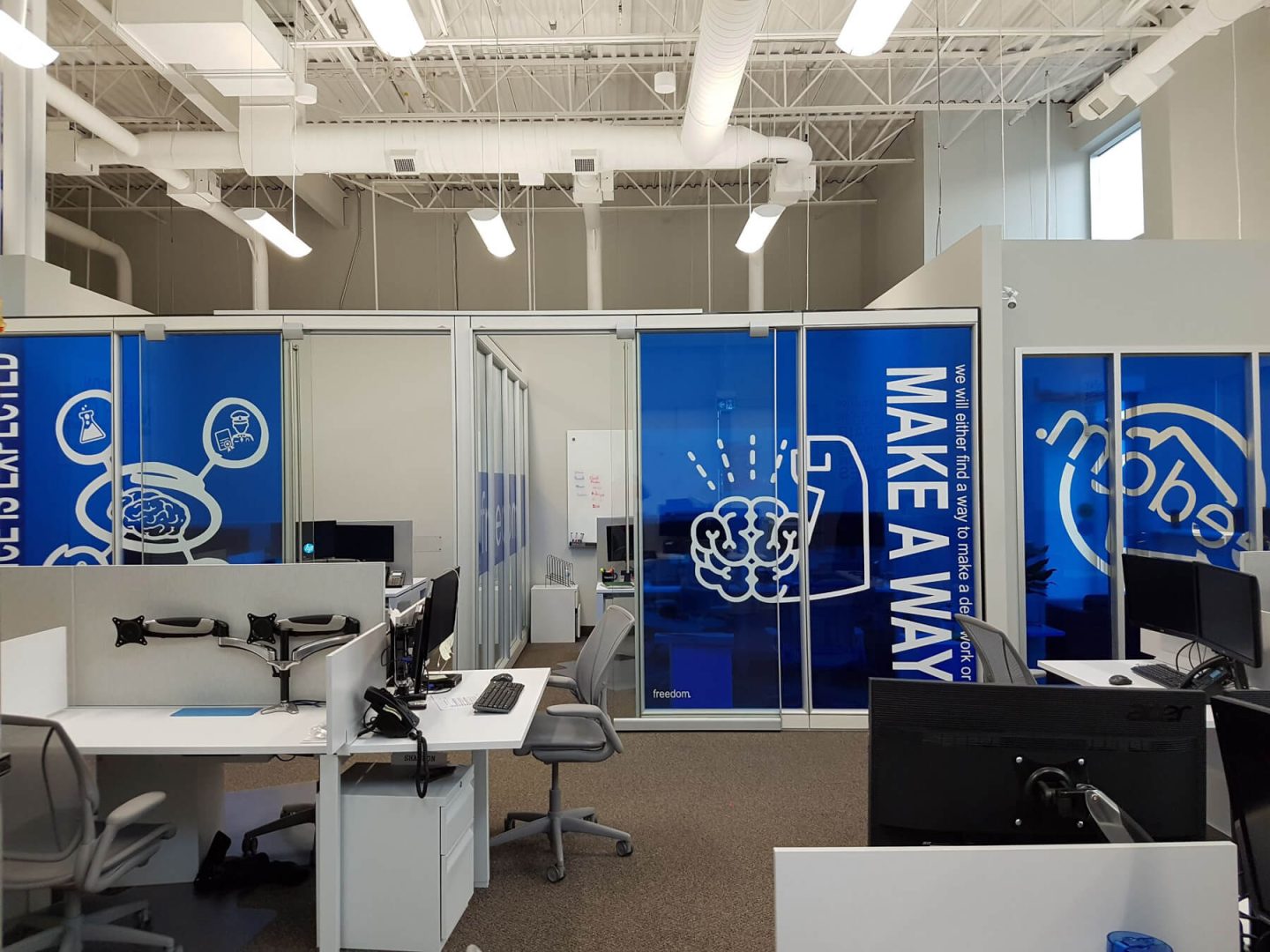Elevating the Office Environment: A Comprehensive Guide to Effective Office graphics
The modern office is more than just a place to work; it’s a dynamic environment that influences productivity, creativity, and employee well-being. Strategic use of graphics can transform a mundane workspace into an inspiring and engaging hub. This comprehensive guide explores the multifaceted world of office graphics, offering insights into their purpose, types, design considerations, and implementation strategies.
The Power of Visual Communication in the Workplace
Visual communication plays a crucial role in how we process information. Graphics, in their various forms, can transcend language barriers, simplify complex ideas, and evoke emotions in a way that text alone cannot. In an office setting, strategically placed and thoughtfully designed graphics can:

Enhance Brand Identity: Graphics can reinforce a company’s brand values, mission, and personality, creating a cohesive and recognizable workplace.
Types of Office Graphics: A Diverse Palette
The world of office graphics encompasses a wide range of formats, each serving a unique purpose. Understanding these different types is crucial for effective implementation:
Wayfinding and Signage
Clear and concise signage is essential for navigating any office environment. This includes:

Directional Signs: Guiding visitors and employees to specific locations.
Branding and Corporate Identity
Reinforcing brand identity is a key function of office graphics. This can be achieved through:
Logo Displays: Prominently displaying the company logo in reception areas and other key locations.
Informational and Educational Graphics
These graphics serve to communicate important information to employees and visitors:
Infographics: Presenting data and statistics in a visually engaging and easy-to-understand format.
Motivational and Inspirational Graphics
These graphics aim to boost morale and create a positive work environment:
Quote Graphics: Displaying inspiring quotes from influential figures.
Decorative and Aesthetic Graphics
These graphics primarily serve to enhance the visual appeal of the office:
Wall Murals: Large-scale graphics that can transform entire walls.
Designing Effective Office Graphics: Key Considerations
Creating effective office graphics requires careful planning and attention to detail. Here are some key considerations:
Consistency and Cohesion
Maintain a consistent visual style throughout the office, using a unified color palette, typography, and imagery. This creates a cohesive and professional look.
Clarity and Legibility
Ensure that all graphics are easy to read and understand. Use clear fonts, appropriate font sizes, and contrasting colors.
Accessibility
Consider accessibility guidelines when designing graphics. Use high contrast colors, provide alternative text for images, and ensure that signage is easy to navigate for people with disabilities.
Placement and Visibility
Place graphics strategically in high-traffic areas where they will be easily seen and noticed. Consider the viewing distance and ensure that graphics are appropriately sized.
Material and Durability
Choose materials that are durable and easy to clean. Consider the environment in which the graphics will be placed and select materials that are appropriate for that setting.
Professionalism
Ensure that all graphics are professionally designed and produced. Avoid using clip art or low-resolution images.
Budget
Set a budget for your office graphics project and stick to it. There are many affordable options available, so it’s possible to create impactful graphics without breaking the bank.
Implementing Office Graphics: A Step-by-Step Approach
Implementing office graphics effectively requires a structured approach. Here’s a step-by-step guide:
Assessment and Planning
Begin by assessing your office space and identifying areas where graphics can be most effective. Consider your goals and objectives for the project.
Design and Development
Work with a professional graphic designer to create visually appealing and effective graphics. Ensure that the designs align with your brand identity and meet your specific needs.
Production and Printing
Choose a reputable printing company to produce your graphics. Ensure that the printing quality is high and that the materials used are durable.
Installation
Hire professional installers to ensure that your graphics are installed correctly and safely.
Maintenance
Regularly clean and maintain your graphics to ensure that they remain in good condition.
The Future of Office Graphics: Embracing Innovation
The world of office graphics is constantly evolving, with new technologies and trends emerging all the time. Some exciting developments include:
Digital Signage
Interactive displays and digital signage offer dynamic and engaging ways to communicate information and enhance the office environment.
Augmented Reality (AR)
AR technology can be used to create interactive and immersive experiences in the office, such as wayfinding apps and virtual tours.
Personalized Graphics
Graphics can be personalized to individual employees or teams, creating a more engaging and relevant experience.
Sustainability
Increasingly, businesses are choosing sustainable materials and printing methods for their office graphics, minimizing their environmental impact.
Conclusion: Creating a Visually Inspiring Workplace
Effective office graphics are more than just decorations; they are powerful tools that can transform the workplace into a more engaging, productive, and inspiring environment. By carefully considering the purpose, types, design, and implementation of office graphics, businesses can create a space that reflects their brand identity, fosters employee well-being, and enhances overall performance. Embracing innovation and staying abreast of emerging trends will ensure that office graphics continue to play a vital role in shaping the future of work.
graphics for offices
